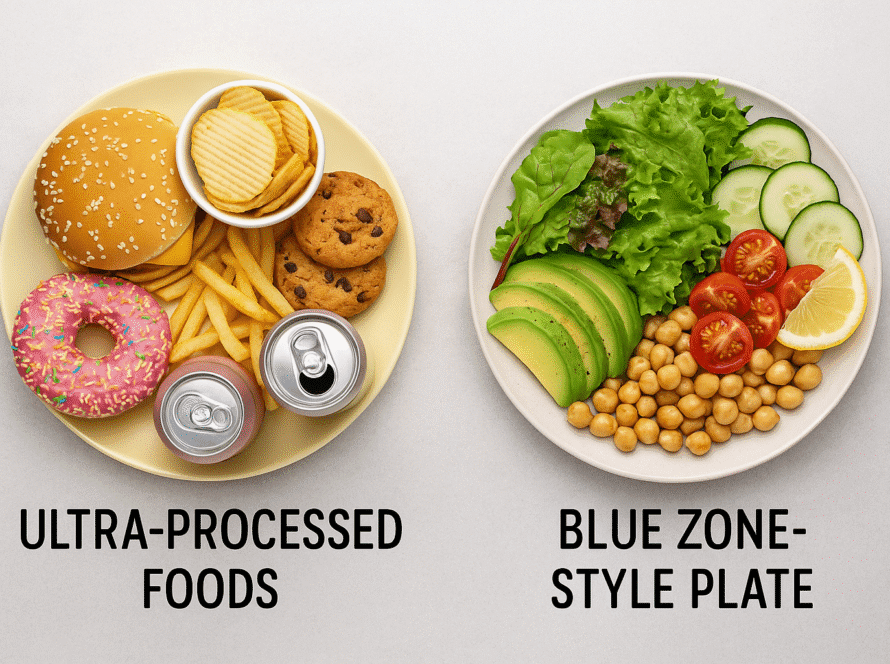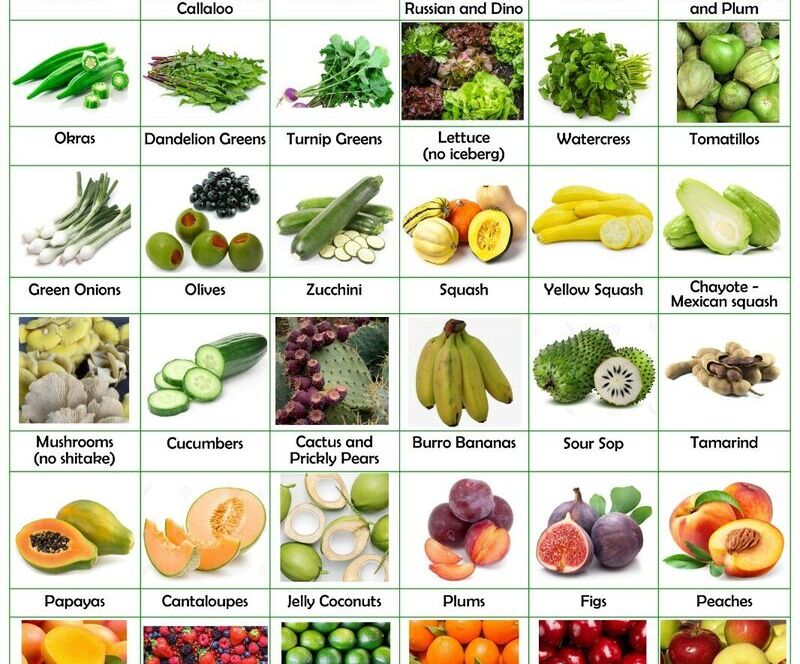In today’s fast-paced world, professionals aged over 40 often find themselves balancing demanding careers, family responsibilities, and personal aspirations. This hectic lifestyle can lead to neglecting essential aspects of health, particularly nutrition, resulting in an increased risk of serious health conditions.
Challenges Faced by Professionals Over 40
Time Constraints: Busy schedules often lead to reliance on quick, convenient food options, which are typically high in unhealthy fats, sugars, and salt.
Stress: Chronic stress can trigger overeating or poor food choices, contributing to weight gain and associated health issues.
Sedentary Lifestyle: Long hours at a desk with minimal physical activity can lead to obesity, a significant risk factor for cardiovascular diseases.
Social Obligations: Frequent business meetings or social events often involve indulgent meals and alcohol, making it challenging to maintain a balanced diet.
Impact on Health
These lifestyle challenges significantly elevate the risk of developing chronic health conditions:
Cardiovascular Diseases: In the UK, there are around 100,000 hospital admissions each year due to heart attacks—approximately one every five minutes (bhf.org.uk).
Stroke: Strokes cause around 34,000 deaths in the UK each year and are the leading cause of severe disability (bhf.org.uk).
Type 2 Diabetes: Dietary choices high in processed foods and sugars can lead to insulin resistance, increasing the risk of type 2 diabetes.
Obesity: Sedentary behaviour combined with poor nutrition contributes to obesity, further exacerbating the risk of various health issues.
Learning from the Blue Zones
To mitigate these risks, adopting dietary patterns from the world’s Blue Zones—regions renowned for longevity and low chronic disease rates—can be insightful. These regions include Okinawa (Japan), Sardinia (Italy), Nicoya (Costa Rica), Ikaria (Greece), and Loma Linda (California, USA).
Common dietary practices in these areas include:
Plant-Based Diets: Approximately 95% of their food intake comes from plant sources, emphasising vegetables, fruits, legumes, and whole grains.
Legume Consumption: Beans, lentils, and peas are dietary staples, providing essential nutrients and promoting satiety.
Limited Meat Intake: Meat is consumed sparingly, often reserved for special occasions, reducing saturated fat consumption.
Whole Foods: Minimal processed food intake ensures higher nutrient density and lower intake of additives.
Practical Steps for Professionals
Incorporating Blue Zone principles into a busy lifestyle is achievable with mindful planning:
Meal Preparation: Allocate time to prepare meals rich in vegetables, whole grains, and legumes to avoid reliance on processed foods.
Mindful Eating: Practice eating until 80% full, a common habit in Blue Zones, to prevent overeating.
Healthy Snacking: Keep nuts and fruits accessible for nutritious snacks, reducing temptation for unhealthy options.
Physical Activity: Incorporate regular, moderate exercise into daily routines, such as walking or cycling, to complement dietary efforts.
Stress Management: Engage in stress-reducing activities like yoga or meditation to prevent stress-induced poor eating habits.
Conclusion
Navigating the challenges of a demanding professional life over 40 requires intentional lifestyle choices. By adopting dietary habits inspired by the Blue Zones and integrating regular physical activity, it’s possible to significantly reduce the risk of chronic diseases and enhance overall well-being.
Take the Next Step
Don’t leave your health to chance. Book a consultation today to receive personalised nutrition guidance tailored to your lifestyle. Nutrition doesn’t have to be complicated—we’re here to simplify it for you. Let’s embark on this journey to better health together.
Milvia




